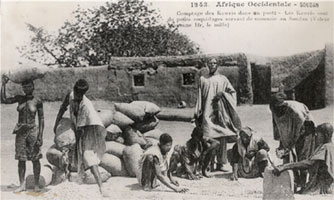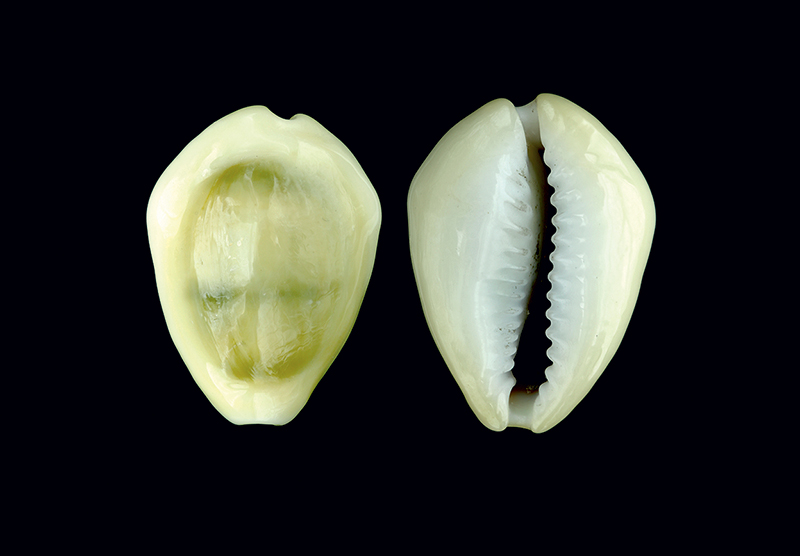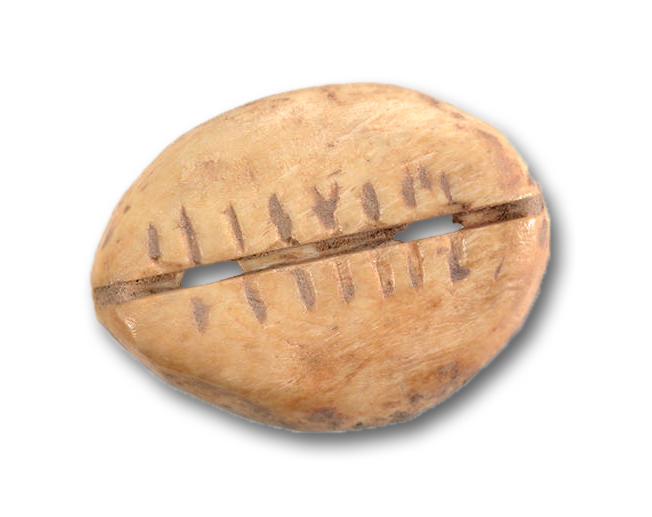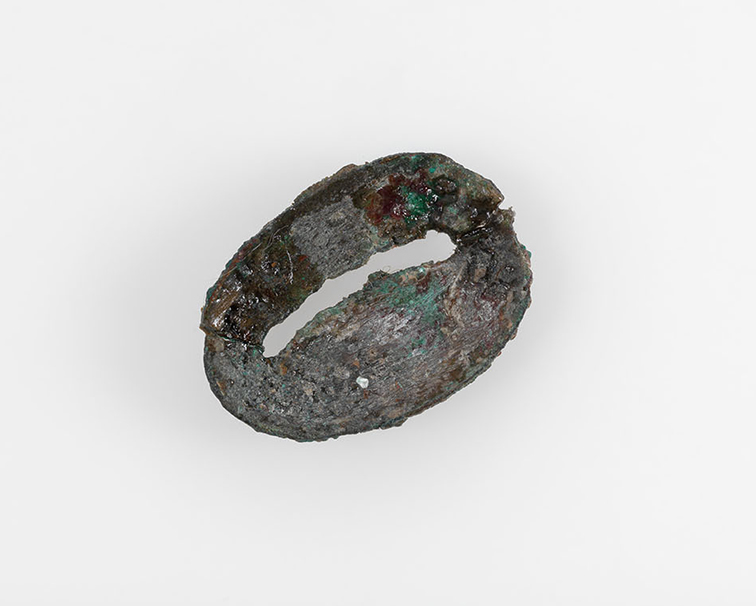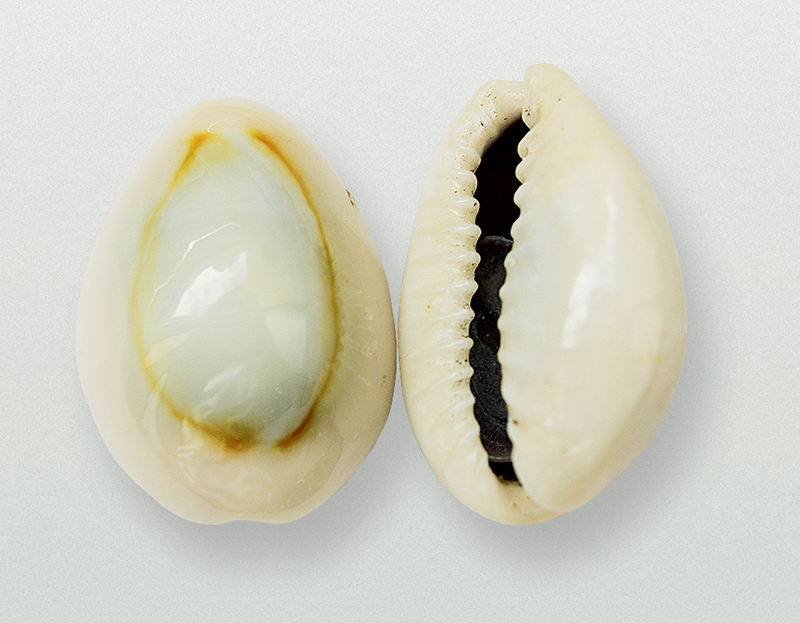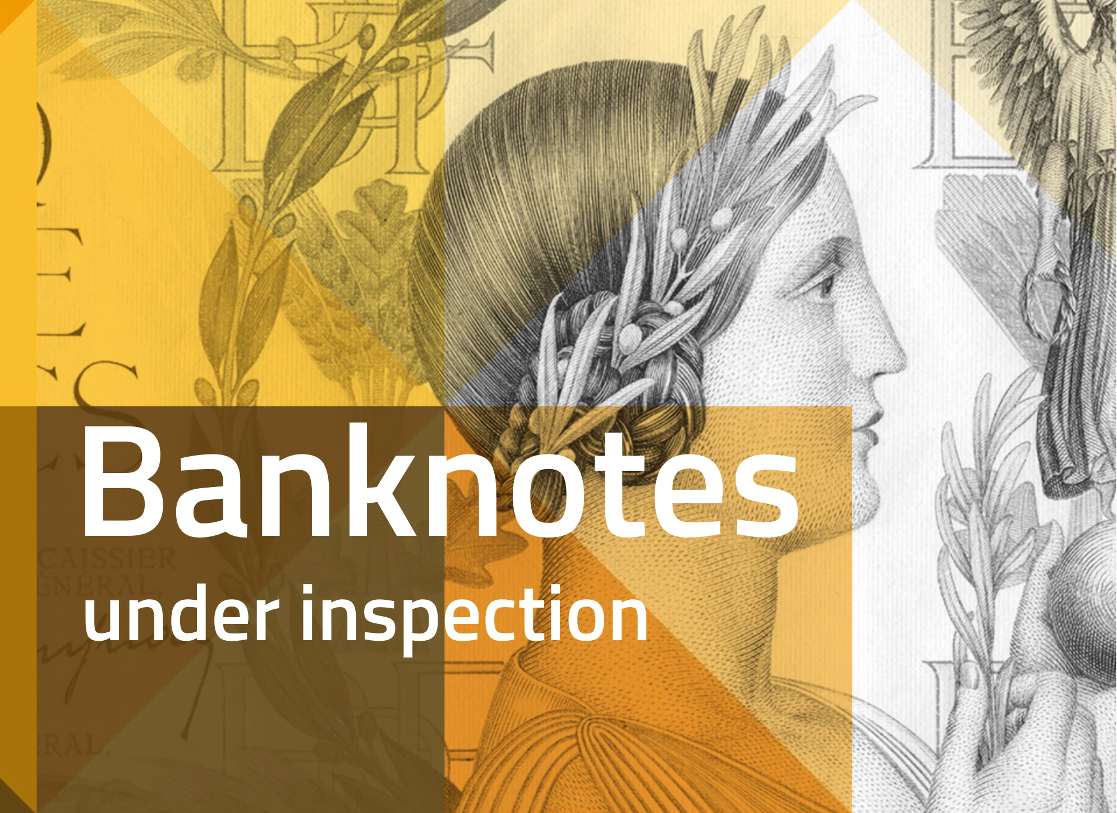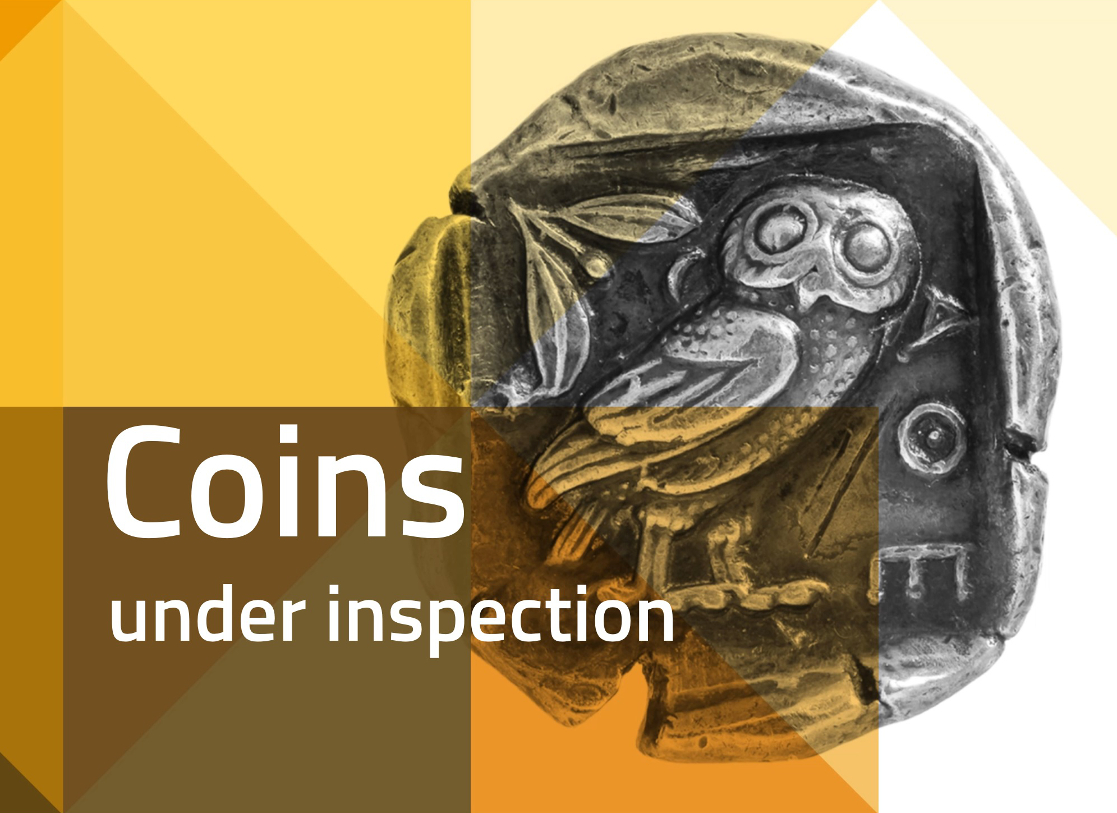Long before our era the cowry shell was used as a means of payment and regarded as a symbol of wealth and power.
Long before our era the cowry shell was used as a means of payment and regarded as a symbol of wealth and power. This monetary usage continued until the 20th century. The two main varieties are the cypreae moneta and the cypraea annulus, and they have all the features we might expect from a currency - durability, convenience, divisibility, as well as being easily identifiable. In comparison with foodstuffs, which are perishable, and feathers, which can be damaged by vermin, cowry shells can withstand frequent handling and are small and easy to transport. As they are nearly always the same shape and size, they could also be counted or simply weighed to determine the value of a payment.
Cowry shells were often packed together or strung into bracelets or necklaces to form larger units. On the Bengalese market, for example, large payments were made in baskets of cowries, each containing approximately 12,000 shells. Due to its particular shape the cowry was also considered to be a symbol of fertility which made it extremely popular in certain societies.
Although they are indigenous to the warm waters of the Indian and Pacific Oceans, cowry shells gradually spread further afield to become one of the most commonly used means of payment in the Ancient World. They were accepted in Asia, Africa, Oceania and even in certain parts of Europe. The oldest traces of their use as a currency can be found on bronze objects unearthed in China, dating back to the 13th century B.C. Meanwhile, the Chinese characters for certain words with a strong economic connotation (e.g. money, coin, buy, value) also resemble cowries.
In the Maldives, the collecting and trading of cowries expanded rapidly and was carried out on an almost industrial scale. The women wove mats out of coconut leaves, which they then laid on the water to allow the tiny molluscs to attach themselves.
At harvest time the mats were left on the beach to dry until only the shells remained. The cowries were then ready to start their new life as a means of payment. The majority of the shells produced in the Maldives were exported by local sailors to the main distribution centre in Bengal.
The value of the cowry was mainly determined by the law of supply and demand, one of the basic principles of economics. In remote areas, for example, far removed from the main production or trade centres, it was possible to buy a cow for just a handful of cowries. The shells were first introduced into Africa by caravans of Arab traders who used them as a – limited – means of payment. But it was the Portuguese, English, French and Dutch who really spread their use as a means of payment, taking advantage of certain African tribes’ preference for the tiny shells to make them the currency of choice for trading slaves, gold and other goods. The massive import of cowries along Africa’s West Coast caused a few disruptions on both sides of the trade route, however: whereas India had to deal with serious shortages in the 17th century, certain local African currencies were sidelined or even disappeared entirely, to be replaced by cowries.
The cowry continued to play its monetary role until the 20th century and its memory is kept alive in various money museums.
........................................
Ingrid Van Damme
Member of the Staff of the National Bank of Belgium
Article reproduced with kind permission of the author and of Museum of the National Bank of Belgium
........................................
Sources: J. Druart, “Les cauris et l’écriture chinoise”, in Vie numismatique, 2004, p. 245 ─ A. Felix Iroko, “Mollusc Money”, in “The Fortunes of Money”, The Unesco Courier, January 1990, p. 21-25; H. Quiggin, “A Survey of Primitive Money. The Beginnings of Currency”, Methuen & Co, London, 1949, p. 25-36; R. Vanderleyden, “Schelpengeld”, in Jaarboek EGMP, 1984, p. 207-236.
Pictures copyright: (c) Banque de France (cowries), Museum of the National Bank of Belgium (postcard)
Published on 27 May 2013. Updated on 12 September 2019

